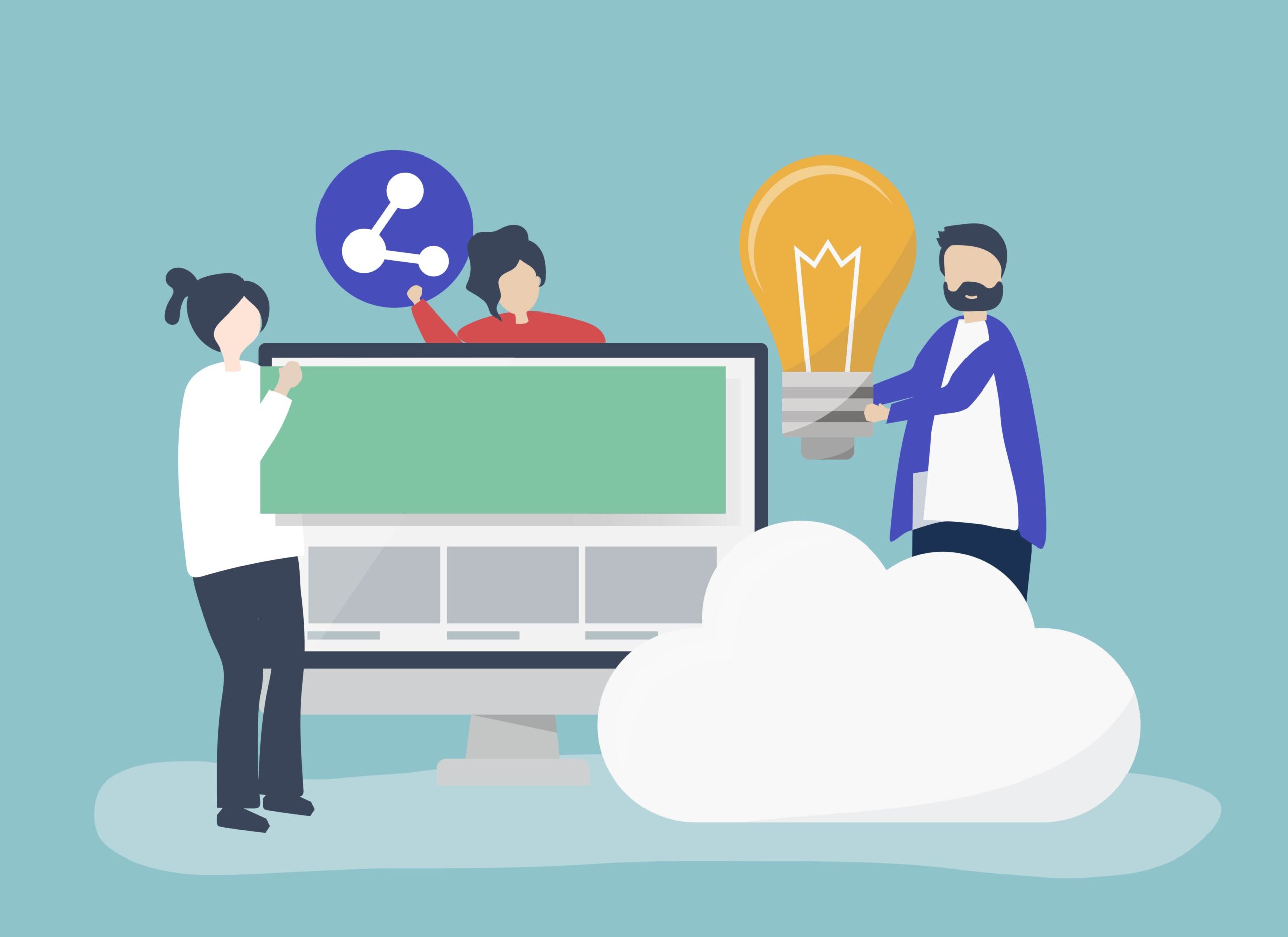Cloud ERP Functions
Enterprise resource planning (ERP) is software that helps businesses manage and automate many of the essential functions and processes necessary for the company to operate efficiently. Cloud-based ERP systems allow businesses to access and use the software over the internet rather than installing it on individual computers or servers.
Some standard functions of a cloud-based ERP system include:
- Financial management: This includes tasks such as invoicing, billing, and accounting.
- Supply chain management includes managing the procurement, production, and distribution of goods and materials.
- Inventory management: This includes tracking and managing the levels of inventory, as well as forecasting future demand.
- Human resources management includes tasks such as payroll, benefits administration, and employee time tracking.
- Project management: This includes planning and tracking the progress of projects, as well as allocating resources and setting deadlines.
- Customer relationship management includes managing customer interactions and tracking customer data to improve sales and customer service.
Cloud ERP Implementation
Implementing a cloud-based ERP system can be a complex process that requires careful planning and coordination. Some steps to consider when implementing an ERP system in an organisation include the following:
- Identifying the business needs: The first step in implementing an ERP system is to understand the business needs and goals of the organisation. This procedure will help determine the features and functionality required in the ERP system.
- Selecting an ERP vendor: There are many ERP vendors to choose from, each with its strengths and weaknesses. It is essential to research and compares different vendors to find the one that best meets the organisation’s needs.
- Evaluating and configuring the ERP system: Once you select an ERP vendor, the organisation should determine the system to ensure it meets the business requirements. This exercise may involve configuring the system to meet the organisation’s specific needs.
- Data migration and integration: An ERP system typically involves data migration from multiple systems into a single platform. This complex process requires careful planning and coordination to ensure you migrate the data accurately and efficiently.
- Testing and training: Before going live with the ERP system, you must test it to ensure it functions correctly and thoroughly. Training is also vital to ensure that employees are comfortable using the system and can effectively perform their tasks.
- Go-live and support: Once the ERP system is thoroughly tested and configured, it is ready to go live. It would help if you had Ongoing support and maintenance to ensure the system continues to function optimally.






